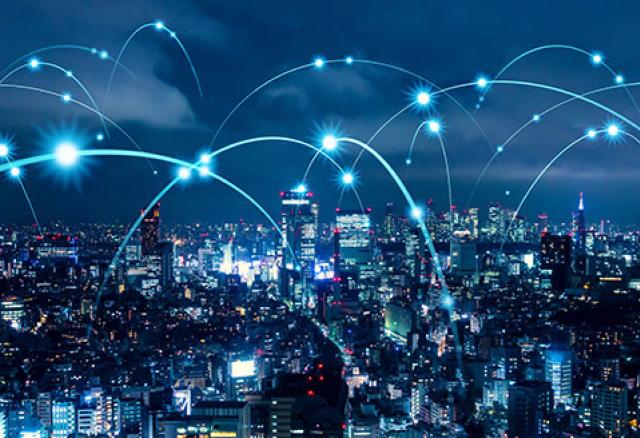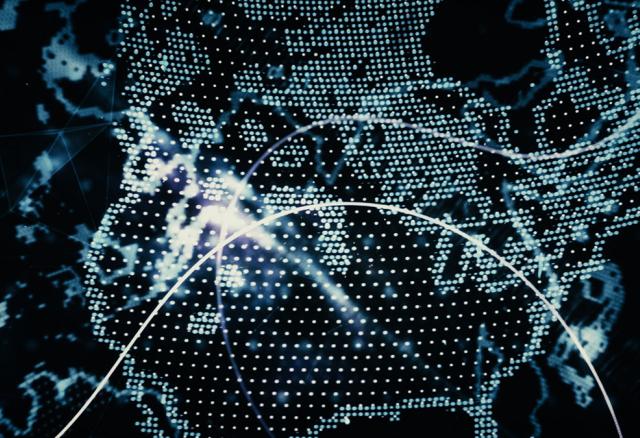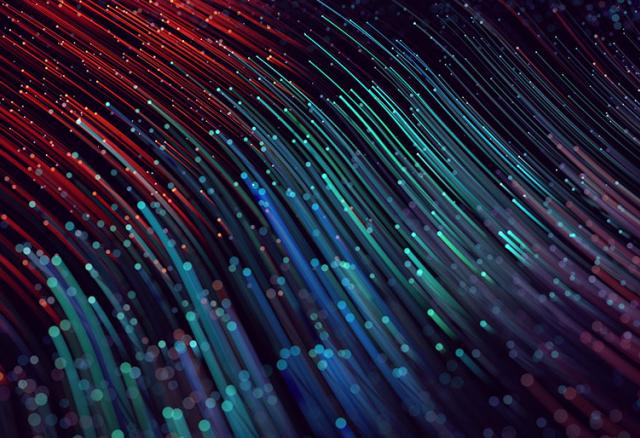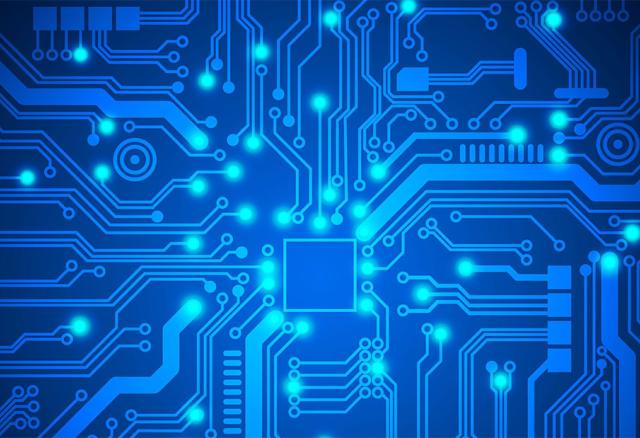Reflections on the Poland Chapter Celebration
My end of term as IEEE Signal Processing Society (SPS) president is fast approaching. It has been an incredible experience that has provided me with so many opportunities to engage with our members around the globe, forge relationships with other IEEE Societies, and meet a diverse range of people that I hope will become active members of our Society in the future. It has been a great privilege to be at the helm of a Society that garners such a high level of worldwide respect and recognition.






